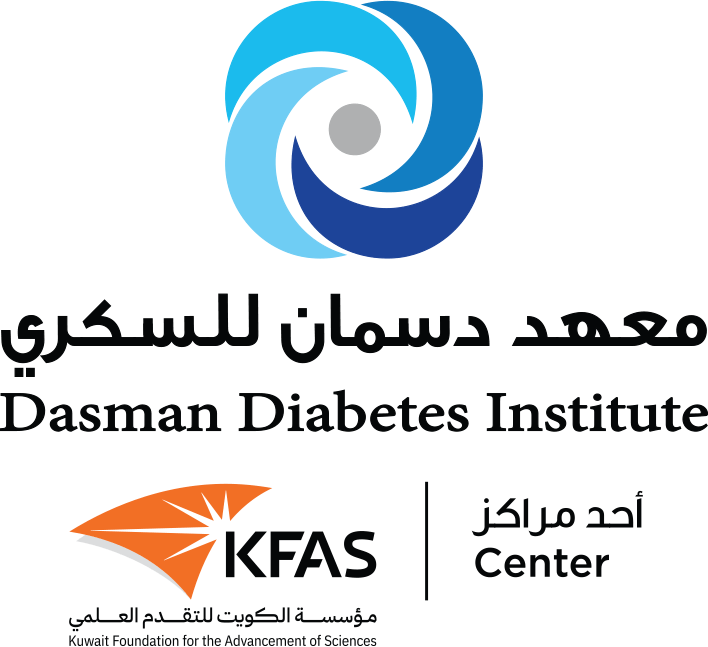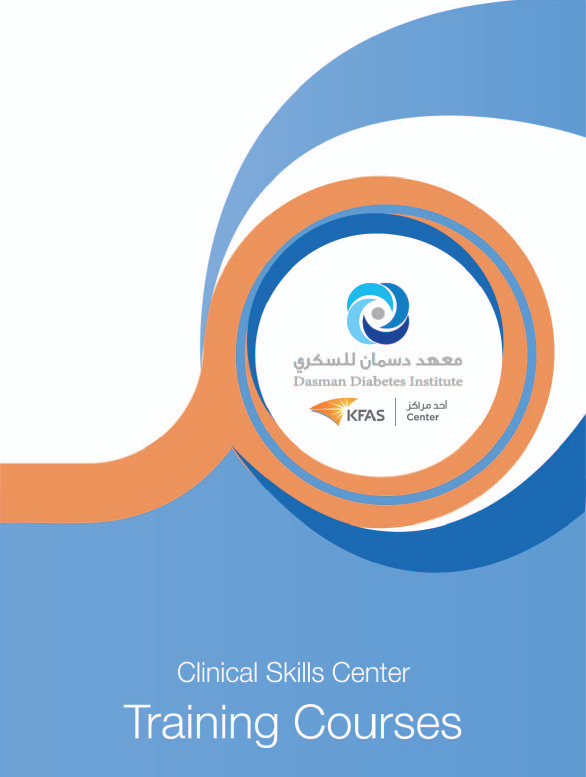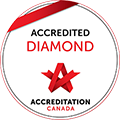Simulation is the imitation of the operation of a real-world process or system over time (Banks, Carson, Nelson, Nicol, 2001). Here at CSC, we developed courses that meant to simulate procedures, techniques or operations in clinical setup to develop, practice, and enhance the skills, knowledge, and attitude of learners needed to perform the task in real time.
Vascular Access
Vascular Accessibility continues to be associated with a relatively high risk of complications. To decrease the risk it is essential to develop standards but also to have practical and evidence based guidelines for implementation.
Vascular access training is an important opportunity for education and to help provide the best ways for vascular accessibility during an emergency and non-emergency cases to deal and save a life of the patient.
It is a practical course where the candidates will be trained on the manikins which include the demonstration of the proper procedure/technique, the care of the device and monitoring the site which includes identification of possible complications and management.
Learning Objectives
- Define what is venous cannulation and its indications
- Verbalize possible sites for venous cannulation
- Demonstrate appropriate patient assessment: physical and psychological status
- Determine what cannula to use
- Demonstrate procedure on peripheral IV cannulation
- Demonstrate proper waste management and infection control
- Identify possible complications and how to intervene and manage
Safe Injection Techniques
As knowledge supports the everyday practice of doctors and nurses, it is appropriate to upgrade routinely practiced procedure and centering it from evidence based practice is far better.
This course revises the knowledge and guiding principles for safe ID (intradermal); SC (subcutaneous); and IM (intramuscular) injections.
It outlines procedures used to select appropriate sites, considers the medication to be given and patient’s special needs that may affect the choice for injection site. Issues related to preparation of the patient’s skin and equipment to be used and ways to reduce discomfort and pain during the procedure are covered.
Learning Objectives
- Identify the safe anatomical sites for ID, SC and IM injections
- Locate specific muscles for IM injections and explain the rationale for their use.
- Verbalize reason for method used for skin preparation
- Discuss ways to reduce patient discomfort during an injection
- Describe patient care required to avoid complications associated with injections
- Perform the procedure for ID, SC, IM injections using practice manikins
Nasogastric Tube Insertion (NGT)
Gastric intubation via the nasal passage (nasogastric route) is a common procedure that provides access to the stomach for diagnostic and therapeutic purposes. The placement of an NGT can be uncomfortable for the patient if the patient is not adequately prepared with anesthesia to the nasal passage and specific instructions on how to cooperate with the operator during the procedure.
Learning Objectives
- Define what is NGT
- Verbalize what are the indications and contraindications
- Prepare equipment required for the procedure
- Prepare patient prior to the procedure
- Demonstrate procedure of NGT insertion in a manikin
Basic Suturing
As a method of closing cutaneous wounds, the technique of suturing is thousands of years old. Although suture materials and aspects of the techniques changed, the goals remain the same: closing dead pace, supporting and strengthening wounds until healing increases their tensile strength, approximating skin edges for an aesthetically pleasing and functional result, and minimizing the risks of bleeding and infection.
Proper suturing is needed to ensure good results in dermatologic surgery. The post-operative appearance of a beautifully designed closure or flap can be compromised if an incorrect suture technique is chosen and or if the execution is poor. Poor incision placement with respect to relaxed skin tension lines, excessive removal of tissue, or inadequate undermining may limit the surgeon’s option in wound closure and suture placement. Gentle handling of the tissue is also important to optimize healing.
The choice of suture technique depends on the type and anatomic location of the wound, the thickness of the skin, the degree of tension, the desired cosmetic result. The proper placement of sutures enhances the precise approximation of the wound edges, which helps minimize and redistribute skin tension. Wound eversion is essential to maximize the risk of scar depression secondary tissue contraction during healing. Usually, inversion is not desirable and it is probably does not decrease the risk of hypertrophic scarring in an individual with a propensity of hypertropic scars. The elimination of dead space, the restoration of natural anatomic contours and the minimization of suture marks are also important to optimize the cosmetic and functional results.
In this course, the suture techniques used is reviewed, the techniques of suture placement for each type of technique is described, the rationale for choosing the type of suture are reviewed including the advantages and disadvantages of each suture technique. After taking this course, the student should have a clear understanding of how and why particular sutures are chosen and an appreciation of the basic methods of placing each type of sutures.
Learning Objectives
- Understand the principles of wound management
- Be able to demonstrate the preparation for a simple suturing technique
- Be able to demonstrate technique while preparing and suturing a laceration model/simulation pad
- Be able to demonstrate basic suturing techniques on a simulation model/pad
Advanced Suturing
This intensive skills workshop is designed for nurse practitioners, medical students and physician assistants who are proficient in performing simple interrupted sutures and wish to build on their skills. The Advanced Suturing course will provide opportunity to practice:
- Simple Continuous suturing technique
- Continuous locking suturing technique
- Vertical Mattress suturing technique
- Horizontal Mattress suturing technique
- Embedded suturing technique
- Subcuticular suturing technique
- Hand ties
Working on cadaveric specimens to simulate real life scenarios, enabling participants to get hands on experience with most of the above mentioned techniques
Learning Objectives
- Identify different suture materials and needles
- Demonstrate wound closure techniques
- Describe suture after care
- Discuss management of more complex wound closure
- Demonstrate more advanced wound closure technique
Urinary Catheterization
Urinary Catheterization is a procedure of inserting a hollow tube through the urethra into the bladder to remove urine. This course will provide the candidate the experience of performing urinary catheterization in both male and female simulated manikins/dummies before performing the procedure in real patients.
Learning Objectives
- Describe the appropriate assessment to be performed prior to performing the procedure
- List all equipment and supplies required for the procedure
- Demonstrate the proper technique for performing urinary catheterization procedure
- Describe appropriate infection control procedures that must be followed when performing the procedure
- List at least 3 possible complications and how to manage or intervene
Vital Signs
Vital Signs are measures of various physiological statistics, often taken by health professionals in order to assess the most basic body functions. Vital Signs are essential part of a patient monitoring and often vary by age. Vital Signs are useful in detecting or monitoring medical problems.
Patient observations are an important part of patient’s care, in that they allow the patient’s progress to be monitored and to ensure prompt detection of adverse events or delayed recovery. Patient observations or VITAL SIGNS traditionally consist of blood pressure, pulse rate, temperature and respiratory rate.
Learning Objectives
- Learn what is vital signs
- Learn what are the normal and abnormal findings for different age groups
- It’s clinical and hemodynamic indications
- Preparations prior to the procedure
- Demonstrate taking vital signs
Wound Management
The skin is the largest organ of the body, making up to 16% of the body weight. It has several vital functions which includes: immune function, temperature regulation, sensation and vitamin production. Skin is a dynamic organ in a constant state of change; cells of the outer layers are continuously shed and replaced by inner cells moving to the surface.
Evidence based recommendations are included in this course to promote rational prescribing.
Learning Objectives
- Learn about wound management care recommendations
- Describe parameters for proper assessment and wound staging/identification and select possible treatment for different types of wounds
- Discuss evidence based practices for wound management
- Practice skills on wound management (wound cleansing/ choice of dressing)
- Learn about the use of the Clinical Evidence Grading Criteria and Wound Care assessment tool
Phlebotomy
The Phlebotomy course provides theoretical and practical components. It must be used in conjunction with the training sessions/workshops and subsequent supervised clinical practice.
The aim of the course is to ensure all Nursing and Allied Health Staff who perform Phlebotomy are provided with relevant evidenced based skills training which will equip them to provide high quality care that is consistent throughout the hospital.
Learning Objectives
- Discuss criteria for vein selection and demonstrate selection of vein for the procedure
- Select & prepare the necessary equipment/supplies for the procedure
- Demonstrate the correct technique for skin preparation and accessing the vein: a. Describe appropriate actions to prevent and manage complication; b. Have an understanding and awareness of the legal and ethical considerations of phlebotomy
- Demonstrate the procedure on training manikins
Dosage & Calculations
Dosage calculations means figuring out the correct dose of a medication. There are so many instances that the prescribed dose differs from how the medication is supplied especially for pediatric patients.
Dosage calculation is a mandatory skill especially for Doctors, Nurses, and other Health Staff dealing with medications. Since medication administration is very crucial component of the clinical practice, being able to calculate correct dosages is the paramount of SAFE PRACTICE. There are so many studies showing that improper dosage calculations are a common source of medication errors. Medication errors due to improper dosage calculation can have a serious, even fatal consequences. Careful attention to the calculation and administration of correct dosages must be a priority. Most healthcare facilities now requires staff dealing with medication dosages must demonstrate a degree of competence in dosage calculation before getting hired.
Learning Objectives
- What are the human errors that can during drug therapy
- What to know before calculating a dose
- How to calculate the dose
- Examples of drug dose calculation
- Understand the learning components needed for student’s success in performing dosage calculations
- Utilize dimensional analysis to calculate dosage
Arterial Blood Gas Analysis
Blood Gas Analysis– also called as ABG (Arterial Blood Gas) analysis, is a procedure to measure the partial pressure of oxygen (O2) and carbon dioxide (CO2) gases and the pH (Hydrogen ion concentration) in arterial blood.
Interpreting an arterial blood gas (ABG) is crucial skill for physicians, nurses, respiratory therapists and other health care personnel. ABG interpretation is especially important in critically ill patients.
Learning Objectives
- Define what is ABG and its purpose
- Describe the easy steps/guide to ABG Analysis
- Interpret ABG results
- Sample Results for Interpretation
Fluid & Electrolyte Balance
Intravenous fluids are chemically prepared solutions that are administered to the patient. They are adjusted as per body’s requirement and used to replaced lost fluids when necessary and also includes as an aid in the delivery of IV medications. For patients that do not require immediate fluid therapy or drug therapy, the continuous delivery of small amount of IV fluid can be used to keep a vein patent for future use. IV fluids come in different forms and has different effects in the body. That is why learning all about IV fluids is very important to understand the types and its indication for use.
Learning Objectives
- Describe and differentiate colloids and crystalloids IV Fluids
- Define tonicity and the actions of Isotonic, hypotonic and hypertonic crystalloids in the body
- Describe the importance of IV labels
- Describe fluid and electrolyte management in different scenarios
Scrubbing, Gloving & Gowning
The patient’s outcome is influenced by the creation and maintenance of an aseptic environment. The surgical scrub is the process of removing debris and transient microorganisms from the hands and forearms, reducing microbial count and leaving antimicrobial residue on the skin to prevent the growth of microorganisms for several hours.
The wearing of sterile gowns and gloves by the surgical team minimizes the risk of surgical wound infection in the patient, and protects the team from exposure to contamination from blood and other body fluids.
Learning Objectives
- Understand the importance and principle of surgical hand antisepsis
- Understand the principle of surgical gowning and gloving techniques
- Practice the skills of scrubbing, gloving, and gowning
Megacode & Team Resuscitation (Part 1)
This module is designed to partly prepare nurses, paramedics and doctors who wish to take the Advanced Cardiac Life Support Course (ACLS).This is also designed for medical students who may want to have an extensive knowledge and skills on treating life threatening arrhythmias. Module 1 concentrates on cardiac arrest algorithms, how to work in a resuscitation team, integrating BLS and ACLS surveys, and using the defibrillator safely. Students will have hands-on experience in managing an arrest and post cardiac arrest patient. The module is based on the 2015 ACLS Guidelines from the American Heart Association.
Learning Objectives
- Integrate BLS Survey and ACLS survey in the care of cardiac arrest patient
- Learn how to work effectively within the context of a resuscitation team both as team leader and team member
- Achieve and demonstrate knowledge for the care of Cardiac Arrest Patient
Megacode & Team Resuscitation (Part 2)
This module is designed to those who want to increase their knowledge and competence in managing patients with arrhythmias. Module 2 concentrates on managing patients with stable and unstable tachycardia, unstable bradycardia, how to work in a resuscitation team, how to use the defibrillator particularly transcutaneous pacing and synchronized cardioversion, and how to deal with acute coronary syndrome and stroke patient.
Learning Objectives
- Learn how to work effectively within the context of a resuscitation team both as team member and team leader
- Learn how to treat Acute Coronary Syndrome
- Learn how to treat Stroke patient by following the 8 D’s of stroke care
- Demonstrate how to safely use Synchronized Cardioversion with appropriate energy selection
- Demonstrate how to use transcutaneous pacing
- Achieve and demonstrate knowledge for the care of Cardiac Arrhythmia Patient



